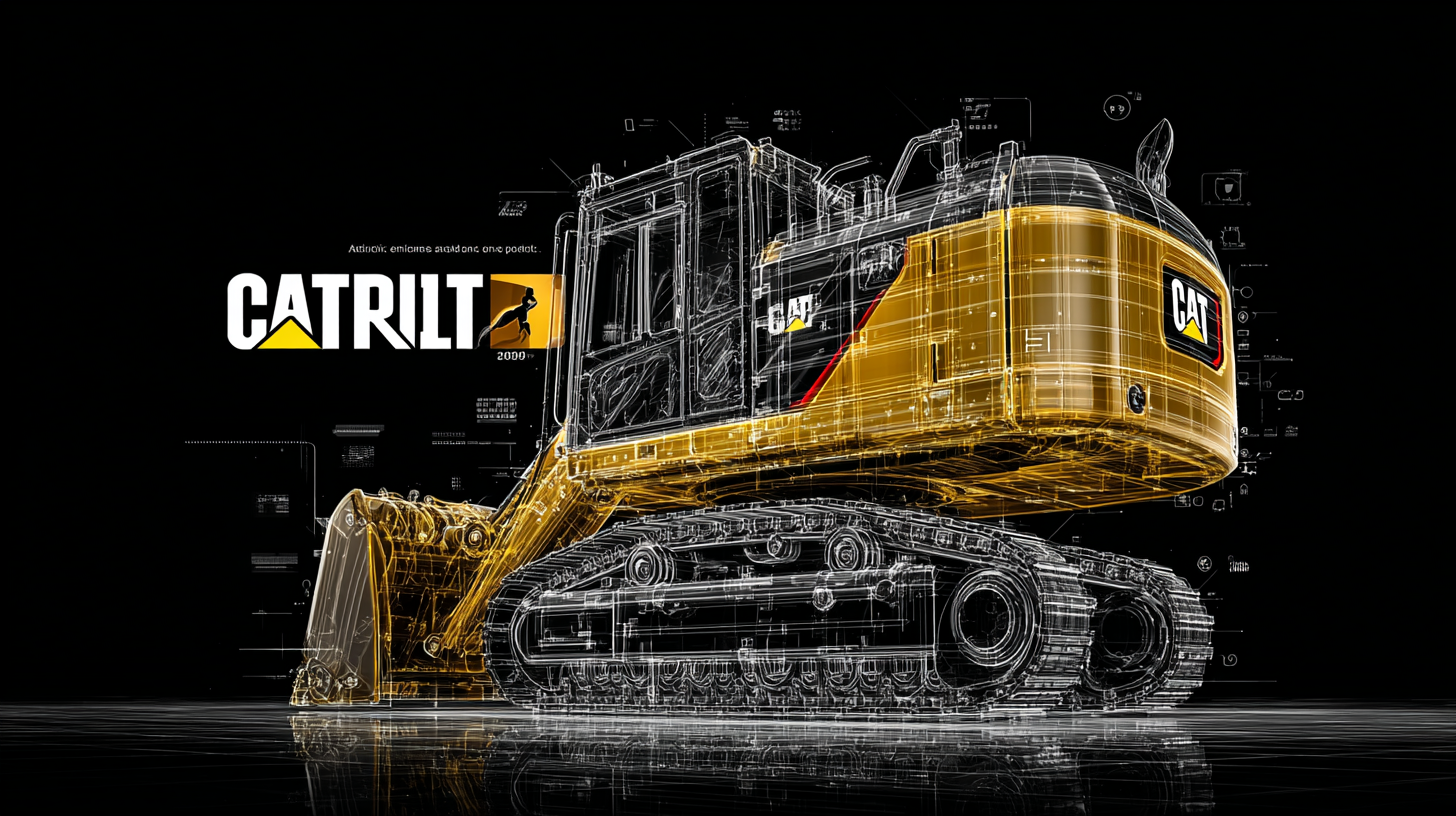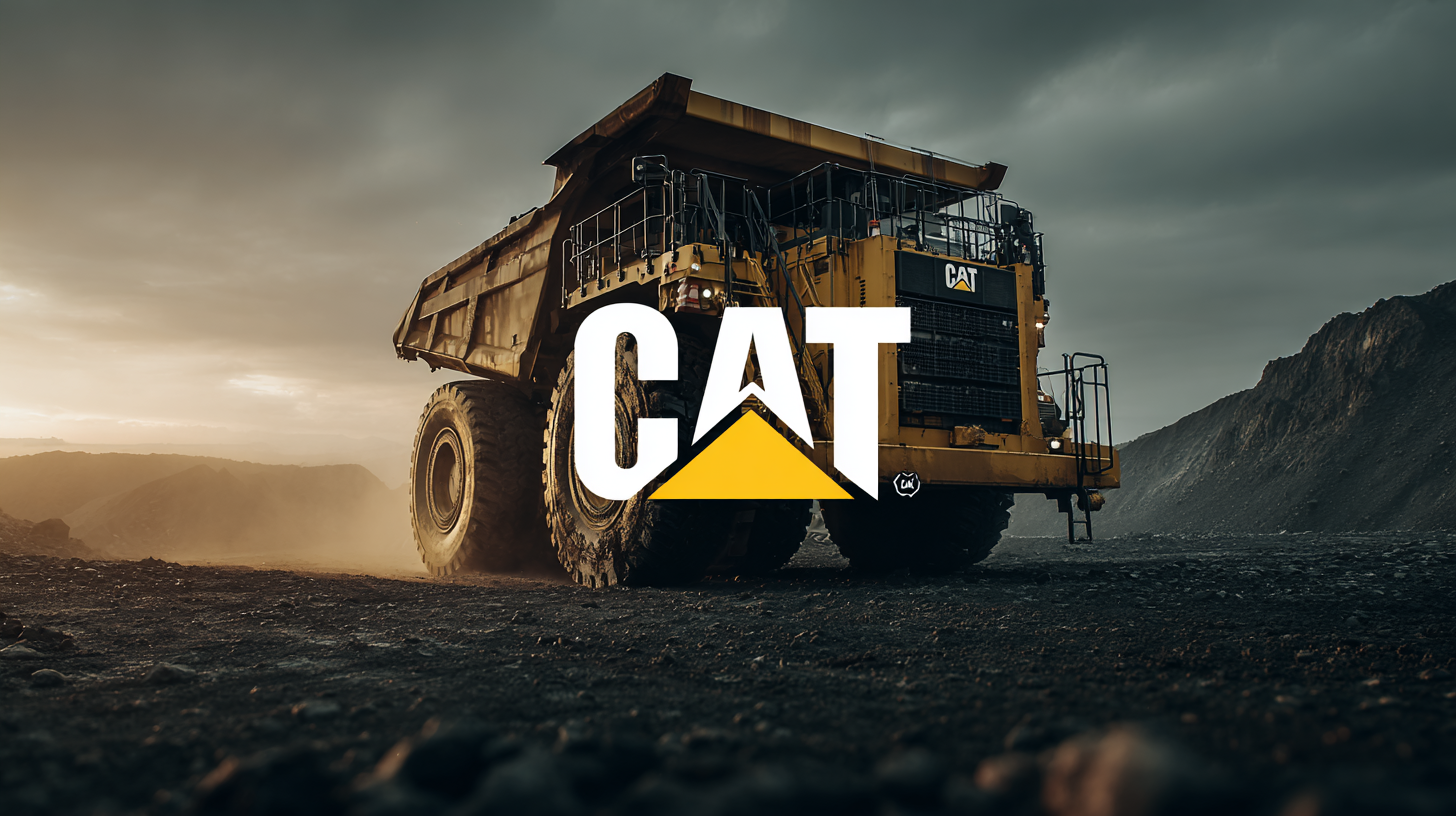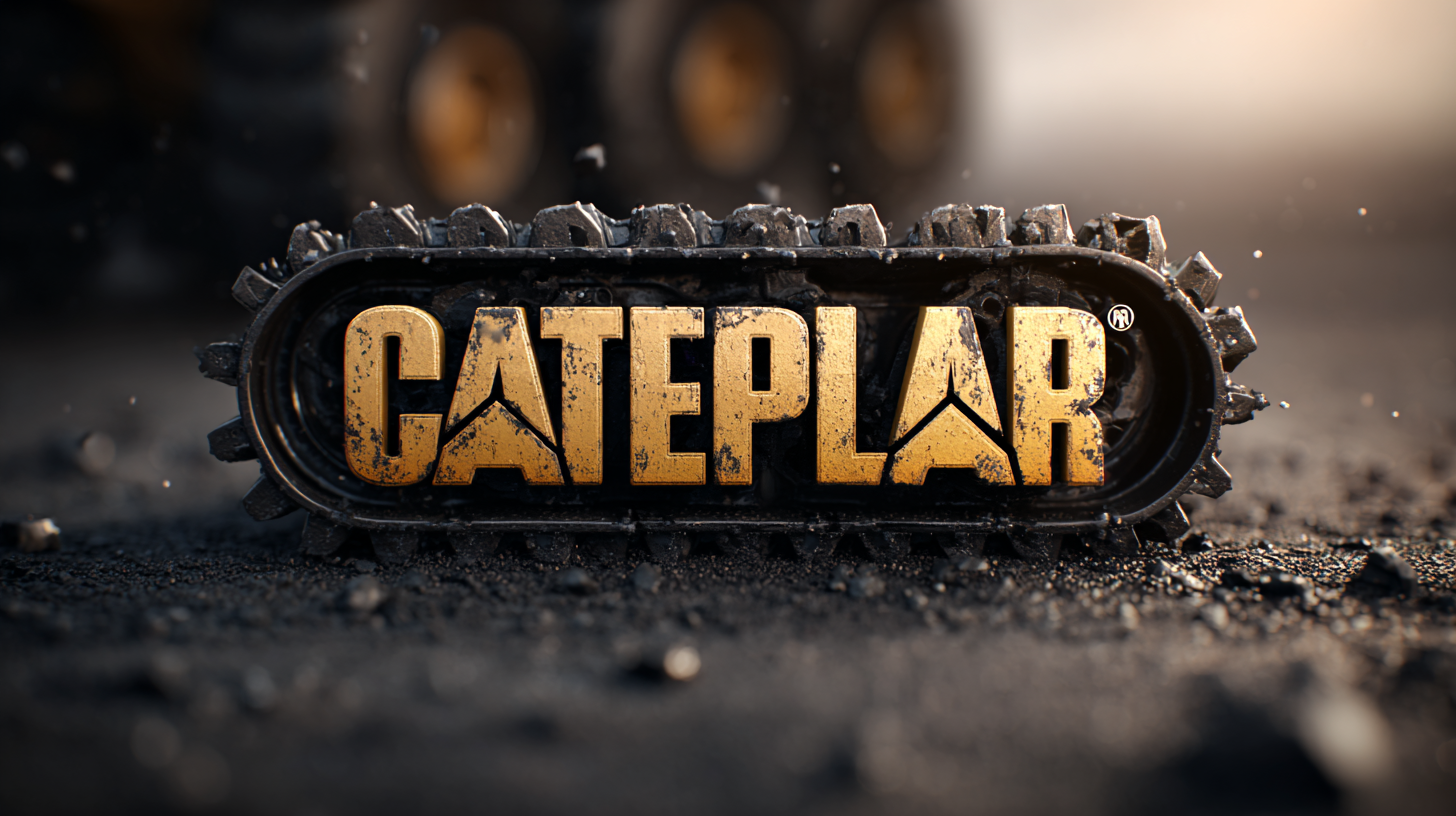Blog
Exploring Future Innovations in Caterpillar Equipment and Alternative Solutions for 2025
As we gaze into the future of construction and heavy machinery, the evolution of caterpillar equipment stands out as a pivotal element driving innovation and efficiency in the industry. According to a recent report by Market Research Future, the global construction machinery market is expected to surpass $300 billion by 2025, with caterpillar equipment playing a significant role in this growth. This increase is fueled by a rising demand for advanced machinery that enhances productivity while minimizing environmental impact. Furthermore, with sustainability becoming a core principle, companies are exploring alternative solutions such as electric and hybrid machinery, which are projected to dominate the market landscape. By 2025, it's anticipated that nearly 10% of all machinery will employ alternative power sources, highlighting the industry's commitment to innovation and ecological responsibility. This blog will delve into the future innovations surrounding caterpillar equipment and the alternative solutions on the horizon.

Innovative Technologies Revolutionizing Caterpillar Equipment in 2025
The future of Caterpillar equipment in 2025 is poised for revolutionary changes driven by innovative technologies. The global autonomous construction equipment market is estimated to reach an impressive USD 12.72 billion in 2023, with a robust growth rate of 9.6% CAGR projected through 2030. This expanding market indicates a strong shift towards automation, allowing for enhanced efficiency and productivity within the construction industry. As these technologies become mainstream, Caterpillar's focus on autonomous machinery will likely position it as a leader in meeting rising market demands.
Moreover, the increasing emphasis on sustainability is shaping the future of construction equipment significantly. Recent reports highlight key growth factors within the Brazil construction equipment market, emphasizing a surge in demand for sustainable and efficient machinery. Innovations such as telematics integration and advanced automation features are not only transforming the way construction sites operate but also addressing environmental concerns. As the industry prepares for major events like Bauma 2025, showcasing the latest in equipment advancements, Caterpillar's commitment to pioneering cutting-edge technologies will be crucial in meeting the evolving needs of construction and mining sectors in the coming years.
Exploring Future Innovations in Caterpillar Equipment and Alternative Solutions for 2025 - Innovative Technologies Revolutionizing Caterpillar Equipment in 2025
| Innovation Category | Description | Expected Impact | Implementation Year |
|---|---|---|---|
| Electric Powertrains | Transition to fully electric powertrains for heavy machinery. | Reduction in emissions and operational costs. | 2025 |
| Autonomous Operations | Integration of advanced AI and machine learning for autonomous operation. | Increased efficiency and safety on job sites. | 2025 |
| Smart Sensors | Deployment of smart sensors for real-time machine monitoring. | Improved maintenance and reduced downtime. | 2025 |
| Alternative Fuels | Utilization of biofuels and hydrogen as alternative energy sources. | Lower carbon footprint in machinery operations. | 2025 |
| Enhanced Connectivity | Improvement in machine-to-machine connectivity through IoT. | Streamlined operations and data-driven decision-making. | 2025 |
Alternative Energy Solutions for Sustainable Caterpillar Operations
As we look towards 2025, the focus on alternative energy solutions for sustainable operations in the heavy equipment industry becomes increasingly relevant. Companies are making significant strides in integrating green technologies to reduce greenhouse gas emissions and improve energy efficiency. Notable partnerships, such as those between key players in logistics and technology, are pivotal in advancing sustainable practices across the sector. By leveraging innovative strategies, these collaborations aim to create a more resilient supply chain that prioritizes eco-friendly logistics.
Caterpillar's commitment to sustainability is evident as it showcases cutting-edge technologies at major expos. From electric machines to advancements in hydrogen-fueled power systems, the company aims to meet the evolving demands for cleaner energy solutions. The introduction of dynamic energy transfer systems exemplifies a forward-thinking approach, allowing seamless energy use between different power sources in mining and construction equipment. As industries transition to electrification and alternative fuels, the emphasis on efficient, sustainable practices will be crucial for the future of operations.

Enhancing Efficiency: Smart Features in Future Caterpillar Machines
As we look toward 2025, the construction industry is on the brink of a technological revolution, with smart features in equipment poised to enhance efficiency significantly. The future of autonomous construction equipment appears promising, as the market is expected to double by 2032. By integrating advanced sensors, AI, and machine learning, these innovations not only improve operational safety but also optimize productivity on job sites.

Tips: When considering new equipment, explore options that offer integrated smart technologies for real-time data analytics and remote monitoring. This can lead to better decision-making and streamlined operations. Additionally, staying updated with market trends will help businesses invest wisely in equipment that aligns with future demands.
Furthermore, addressing sustainability alongside operational efficiency is becoming increasingly essential. Smart equipment can reduce fuel consumption and emissions, contributing to greener practices within the industry. Tips: Seek machines that incorporate eco-friendly features and participate in training programs to ensure your team can leverage these advancements effectively. This will enhance both your project's sustainability and your company's competitiveness in a rapidly evolving marketplace.
The Role of AI and Automation in Caterpillar Equipment Advancements
As we look toward 2025, the integration of AI and automation in construction equipment is set to revolutionize the industry. The global market for autonomous construction machinery, which was estimated at $12.72 billion in 2023, is projected to experience robust growth, reaching $29.19 billion by 2032, at a compound annual growth rate of 8.4%. This surge indicates a significant shift in how construction projects are executed, emphasizing increased efficiency and reduced labor costs through cutting-edge technologies.
Caterpillar’s commitment to investing $100 million in workforce upskilling highlights the critical need for workers to adapt to these advancements. With forecasts suggesting that approximately 40% of current skills may become obsolete by 2030, it is essential for professionals in the industry to embrace new learning opportunities. The advancement of AI-driven equipment not only enhances operational capabilities but also necessitates a workforce equipped with skills to leverage these innovations. As the industry evolves, ongoing training and adaptation will be the cornerstone of successfully navigating the new landscape of autonomous construction solutions.
Preparing for 2025: Strategies for Adapting to New Caterpillar Innovations
As we approach 2025, adapting to the latest innovations in construction equipment is crucial for businesses looking to thrive in a competitive landscape. Caterpillar continues to lead the charge, focusing on sustainable technologies and advanced machinery that streamline operations and enhance efficiency. To effectively prepare for these changes, companies should consider investing in training programs that equip employees with the skills needed to utilize new technologies.
One practical tip is to establish a continuous learning culture within your organization. Encourage team members to stay updated on industry trends and innovations through workshops, seminars, or online courses. This proactive approach not only helps in adapting to new Caterpillar equipment but also fosters a sense of ownership and engagement among employees.
Moreover, businesses should evaluate their current equipment and identify areas where new innovations can improve productivity. Conducting a SWOT analysis can help pinpoint strengths, weaknesses, opportunities, and threats related to new technologies. By understanding these dynamics, organizations can devise strategies that align with their goals and prepare for a successful transition into the future.
